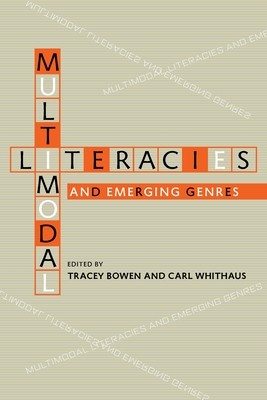
- We will send in 10–14 business days.
- Publisher: University of Pittsburgh Press
- ISBN-10: 0822962160
- ISBN-13: 9780822962168
- Format: 15.2 x 22.6 x 2.8 cm, softcover
- Language: English
- SAVE -10% with code: EXTRA
Multimodal Literacies and Emerging Genres (e-book) (used book) | bookbook.eu
Reviews
Description
A student's avatar navigates a virtual world and communicates the desires, emotions, and fears of its creator. Yet, how can her writing instructor interpret this form
of meaningmaking?
EXTRA 10 % discount with code: EXTRA
The promotion ends in 16d.11:29:30
The discount code is valid when purchasing from 10 €. Discounts do not stack.
- Publisher: University of Pittsburgh Press
- ISBN-10: 0822962160
- ISBN-13: 9780822962168
- Format: 15.2 x 22.6 x 2.8 cm, softcover
- Language: English English
A student's avatar navigates a virtual world and communicates the desires, emotions, and fears of its creator. Yet, how can her writing instructor interpret this form
of meaningmaking?


Reviews